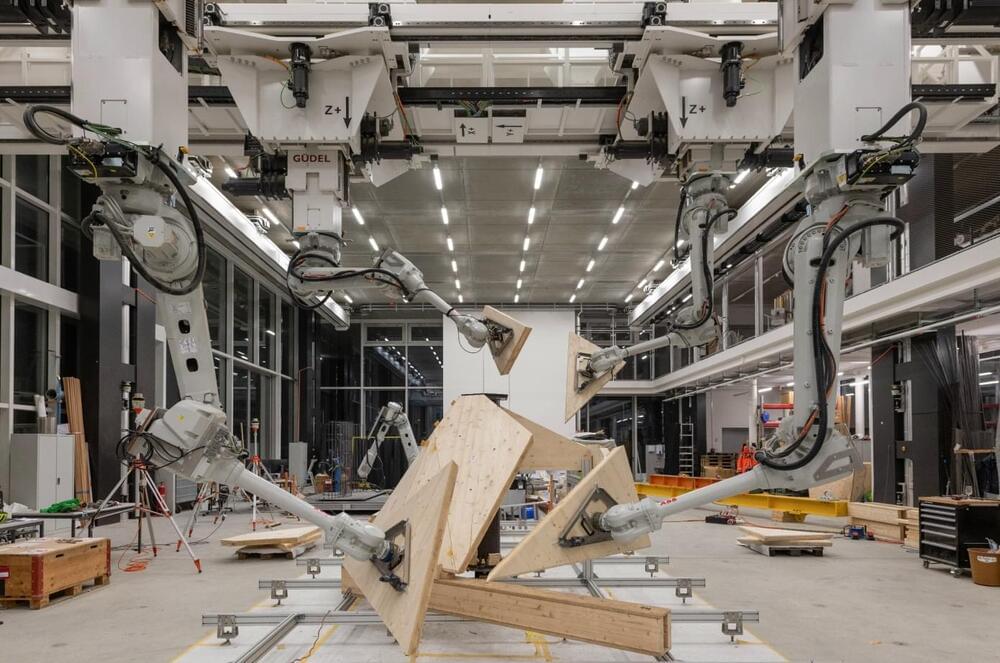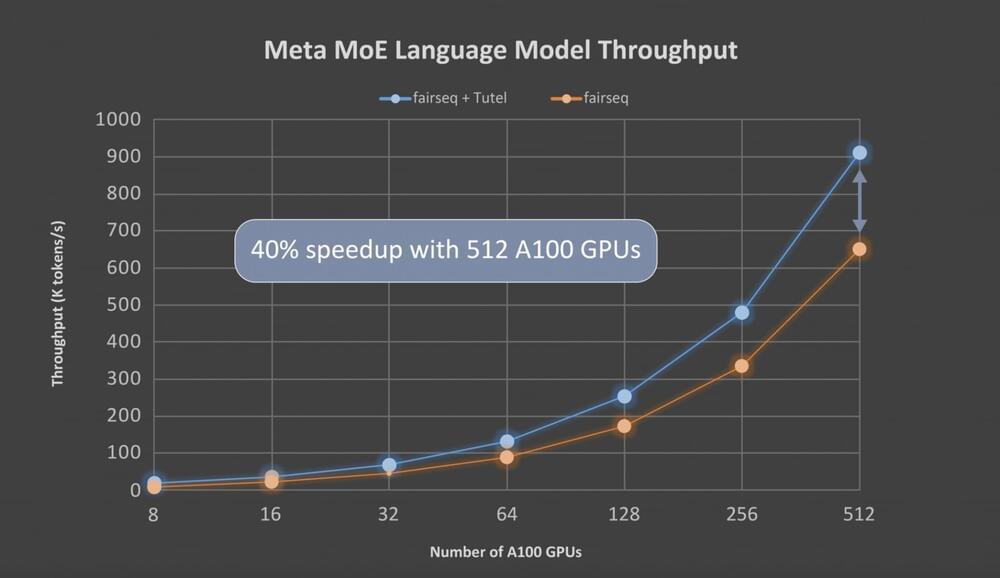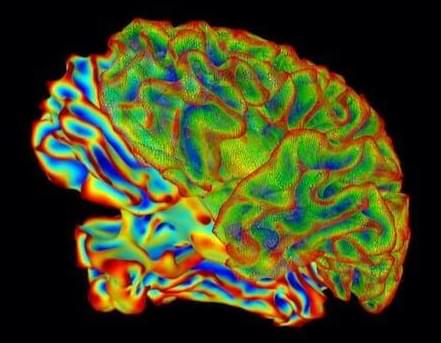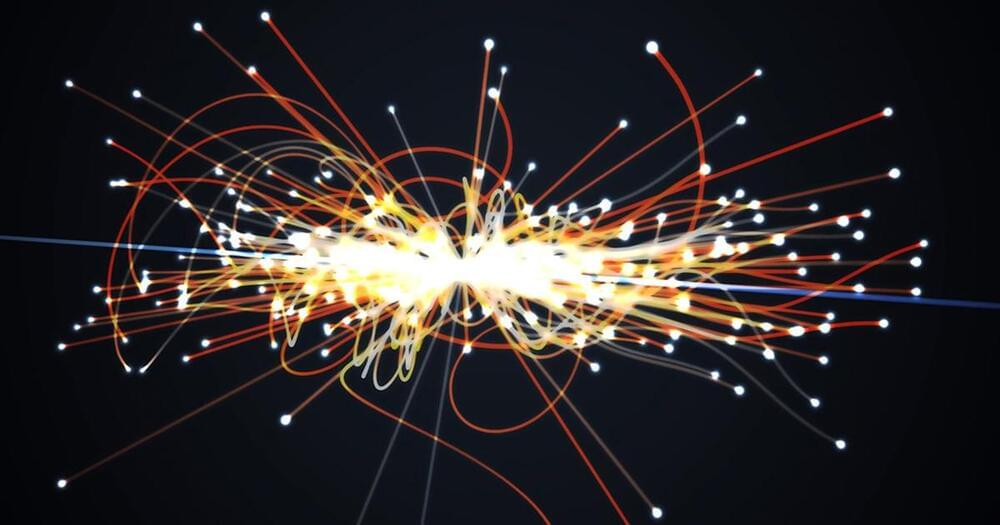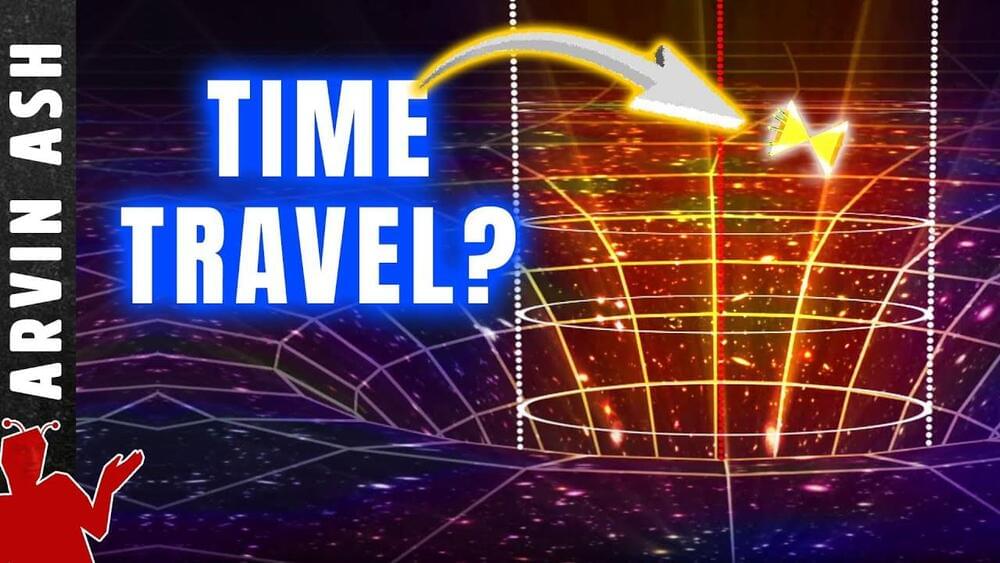✅ Instagram: https://www.instagram.com/pro_robots.
You are on the PRO Robots channel and in this video we will talk about artificial intelligence. Repeating brain structure, mutual understanding and mutual assistance, self-learning and rethinking of biological life forms, replacing people in various jobs and cheating. What have neural networks learned lately? All new skills and superpowers of artificial intelligence-based systems in one video!
0:00 In this video.
0:26 Isomorphic Labs.
1:14 Artificial intelligence trains robots.
2:01 MIT researchers’ algorithm teaches robots social skills.
2:45 AI adopts brain structure.
3:28 Revealing cause and effect relationships.
4:40 Miami Herald replaces fired journalist with bot.
5:26 Nvidia unveiled a neural network that creates animated 3D face models based on voice.
5:55 Sber presented code generation model based on ruGPT-3 neural network.
6:50 ruDALL-E multimodal neural network.
7:16 Cristofari Neo supercomputer for neural network training.
#prorobots #robots #robot #future technologies #robotics.
More interesting and useful content:
✅ Elon Musk Innovation https://www.youtube.com/playlist?list=PLcyYMmVvkTuQ-8LO6CwGWbSCpWI2jJqCQ
✅Future Technologies Reviews https://www.youtube.com/playlist?list=PLcyYMmVvkTuTgL98RdT8-z-9a2CGeoBQF
✅ Technology news.

